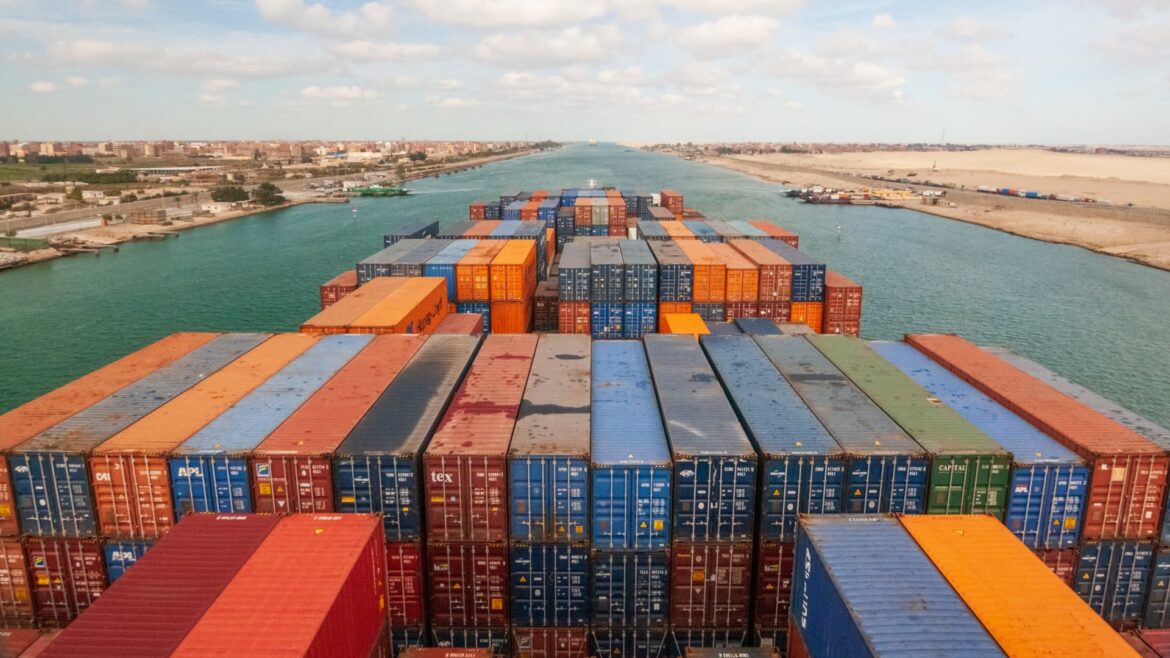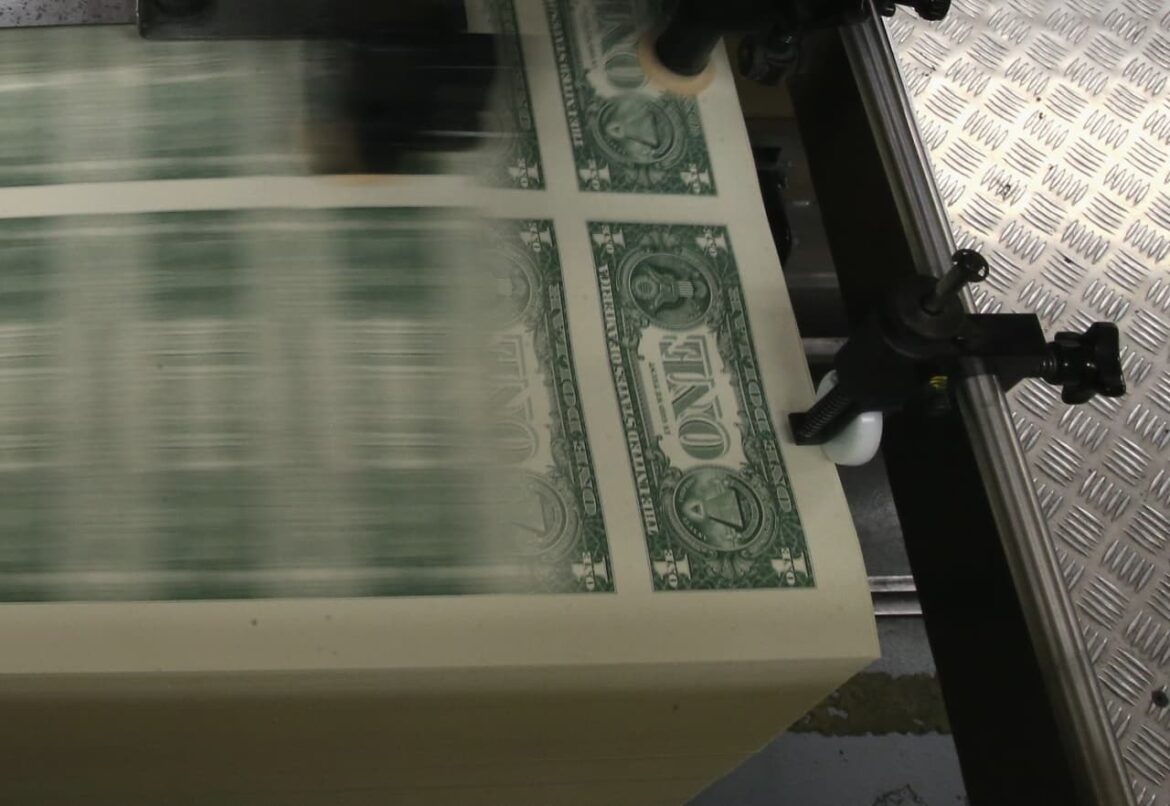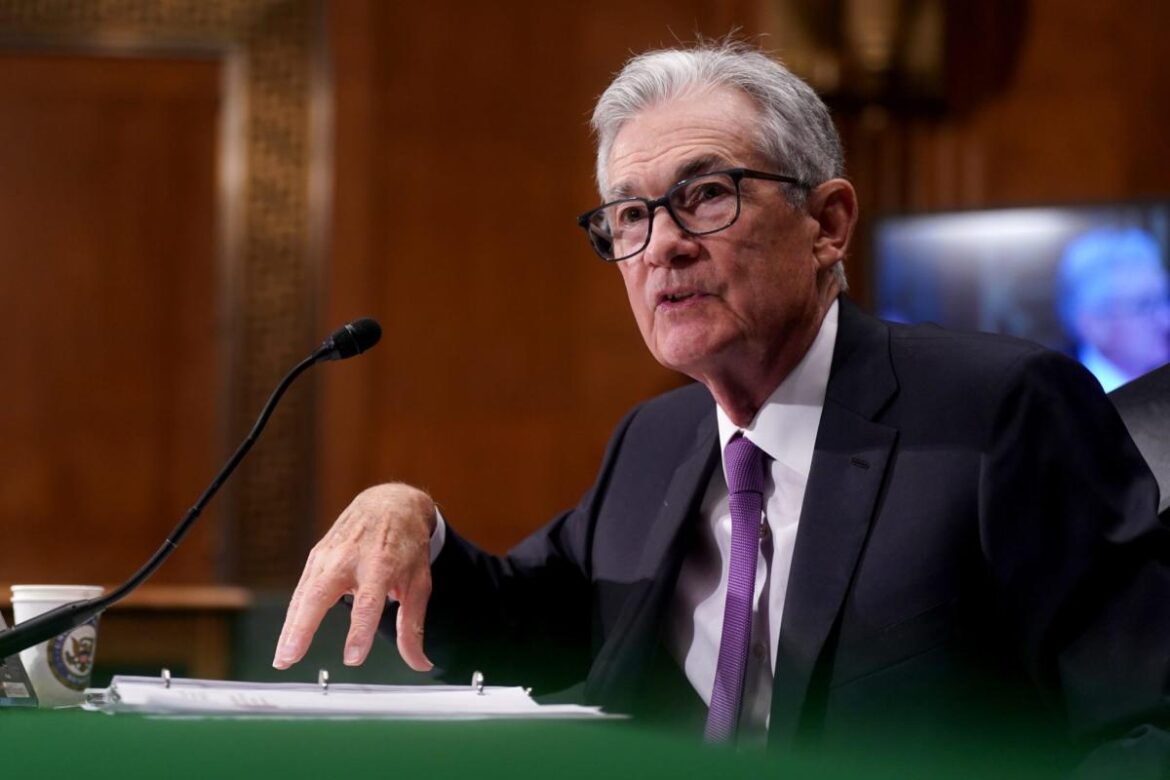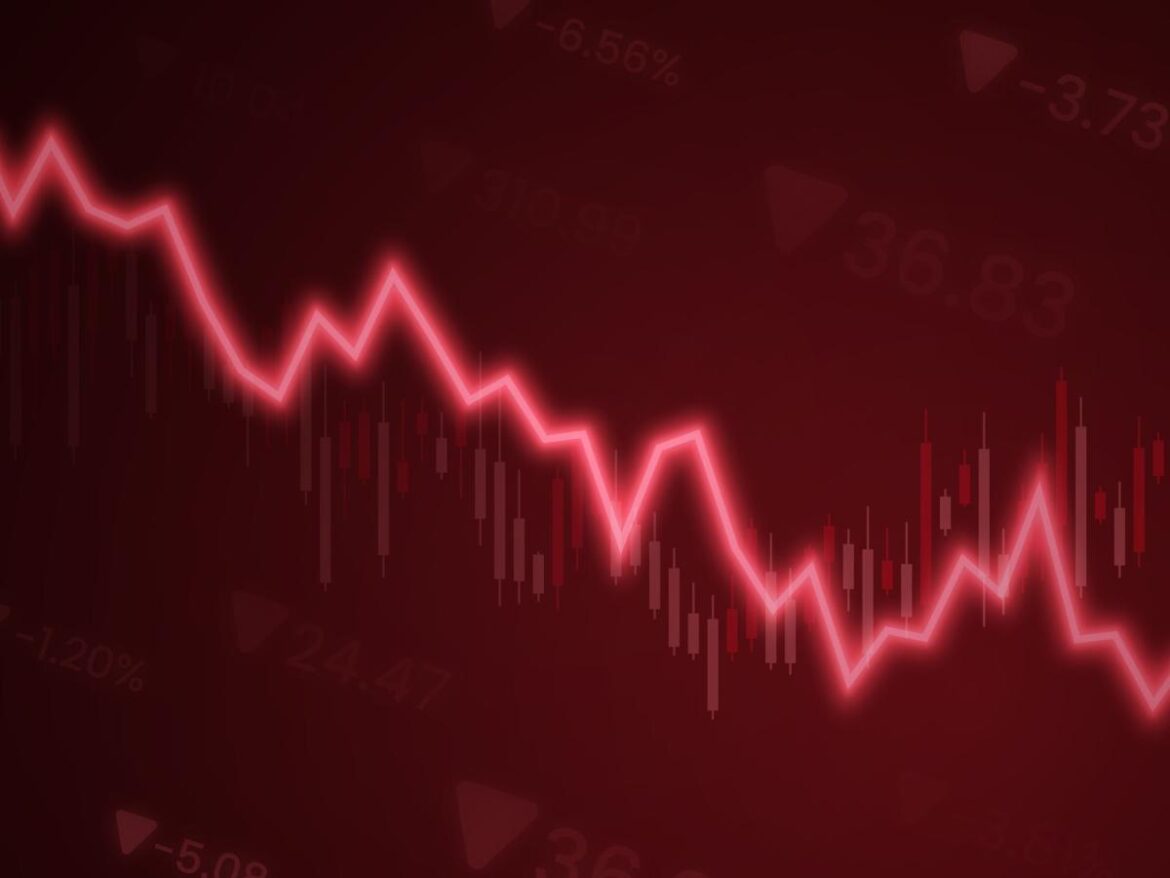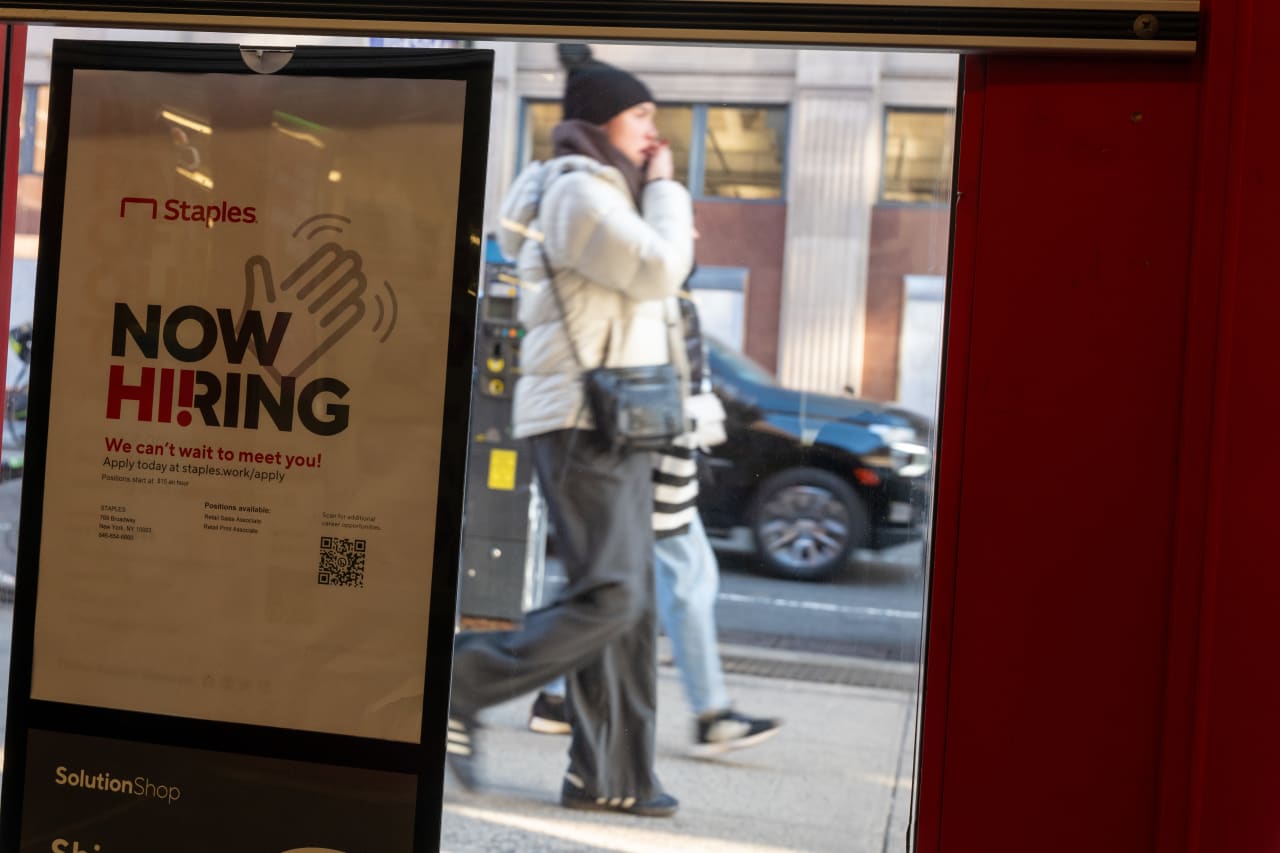
Wall Street errs on its forecasts of slower hiring and weaker economic growth. What is the Fed to do?
Source link
economy
The shipping container is a logistics marvel that can affordably move thousands of items from hundreds of different companies all around the globe.
If there is a slowdown in shipping-container circulation, there could be massive supply chain bottlenecks.
“The skill involved in containerization is moving that container from point A to point B and getting it back to point A as quickly and efficiently as you possibly can,” Simon Heaney, senior manager of container research at Drewry, a maritime research and consulting firm, told CNBC.
Supply chain disruptions
Disruptions to global trade can have major impacts on shortages and inflation, causing serious ramifications for American households and businesses.
For example, the Federal Reserve Bank of San Francisco found that supply chain disruptions “contributed on average about 60% of the run-up of U.S. inflation” in the two years following the coronavirus pandemic outbreak.
“People suddenly realized how important that container is to everybody’s standard of living,” John Fossey, senior analyst of container equipment at Drewry, told CNBC.
Indeed, inflation cooled alongside the bounce back of the supply chain, according to a White House analysis of the U.S. economy. The study showed more than 80% of recent progress in lowering inflation can be attributed to the supply chain.
Attacks by Iran-backed Houthi militants on ships traveling through the Red Sea have also led ocean carriers to take longer voyages around the Cape of Good Hope.
“Taking the long way [around] the bottom of Africa, that’s adding about one-third to their voyage distance,” John McCown, nonresident senior fellow at the Center for Maritime Strategy, told CNBC.
Longer voyages result in higher fuel costs for ocean carriers and late arrivals of shipments to their planned destinations, contributing to delays in returning containers to nations like China to be reloaded with exports.
China is a world leader in exports and manufacturing, and accounts for more than 95% of shipping-container production, according to the Federal Maritime Commission.
“Particularly with the Asian countries, [they] long ago recognized that a very key part of [their] economy is exports, and if [they] want to be efficient at exporting products, [they] need to make sure there is a good conveyance system,” McCown said.
Attacks on ships in the Red Sea are the latest shock to the global supply chain after Russia’s invasion of Ukraine and the coronavirus pandemic shook up the logistics industry — including shipping container availability.
“During the pandemic, we had the phenomenon that there were not enough containers because many containers were stuck in rail yards or they were stuck in container ports,” Goetz Alebrand, head of ocean freight for the Americas with DHL Global Forwarding, told CNBC. “There was not the fluidity that we usually had.”
When shipping-container prices skyrocketed in 2020 and 2021, it became more lucrative for shipping companies and leasing firms to send containers back to Asia as fast as possible.
“Because of the need to replenish and reposition containers back to Asia,” Heaney said, “that container will make another sea journey back, but completely empty.”
That trend resulted in a trade imbalance that hit U.S. exports, including agricultural products. In response, some farms dumped milk in fields and plowed crops back into the soil.
“Ideally, you would have the most efficient system,” Heaney said. “The only way to make that happen is to have a completely balanced manufacturing ecosystem, and we don’t have that and we’re unlikely to have that. [It’s] an inefficiency born not of container shipping but just of the nature of the global economy.”
Watch the video above to learn more about how shipping containers enable global trade, why China dominates the shipping industry and what happens after a container shortage.
(Bloomberg) — BlackRock Inc. Chief Executive Officer Larry Fink said the US public debt situation “is more urgent than I can ever remember” and that the country needs to adopt policies to spur economic growth.
Most Read from Bloomberg
The nation can’t rely on taxes and spending cuts to get the problem under control, Fink wrote in his annual letter Tuesday. He raised the prospect of a “bad scenario” akin to Japan’s economy in the late 1990s and early 2000s, which led to a period of austerity and stagnation.
“A high-debt America would also be one where it’s much harder to fight inflation since monetary policymakers could not raise rates without dramatically adding to an already unsustainable debt-servicing bill,” said Fink, 71.
The cost of servicing the debt has already ballooned, and the 3 percentage points in extra interest payments the US government now must pay on 10-year Treasuries compared with three years ago is “very dangerous,” he wrote.
“More leaders should pay attention to America’s snowballing debt,” Fink wrote, saying the US can’t take for granted that investors will continue to want to buy as much US debt. Foreign countries are building their own capital markets and are likely to invest domestically, he said.
“Is a debt crisis inevitable? No,” he wrote, calling for capital markets to help grow the economy through infrastructure investments, especially in the energy industry.
Most Read from Bloomberg Businessweek
©2024 Bloomberg L.P.
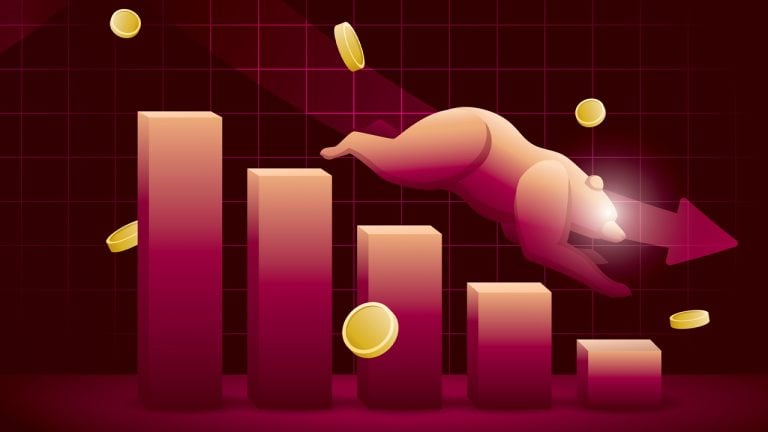 As the weekend approaches, the crypto economy experienced a downturn, declining 4.38% in the past 24 hours to a total value of $2.42 trillion. Bitcoin saw a decrease of 5.5% against the U.S. dollar during this period, while ethereum’s value dropped by 5.3%. In contrast, fantom (FTM) enjoyed a 12% increase, and aptos (APT) rose […]
As the weekend approaches, the crypto economy experienced a downturn, declining 4.38% in the past 24 hours to a total value of $2.42 trillion. Bitcoin saw a decrease of 5.5% against the U.S. dollar during this period, while ethereum’s value dropped by 5.3%. In contrast, fantom (FTM) enjoyed a 12% increase, and aptos (APT) rose […]
Source link
A hard-landing recession is guaranteed as the full impact of Fed rate hikes have yet to hit the economy, Morgan Stanley’s chief economist says
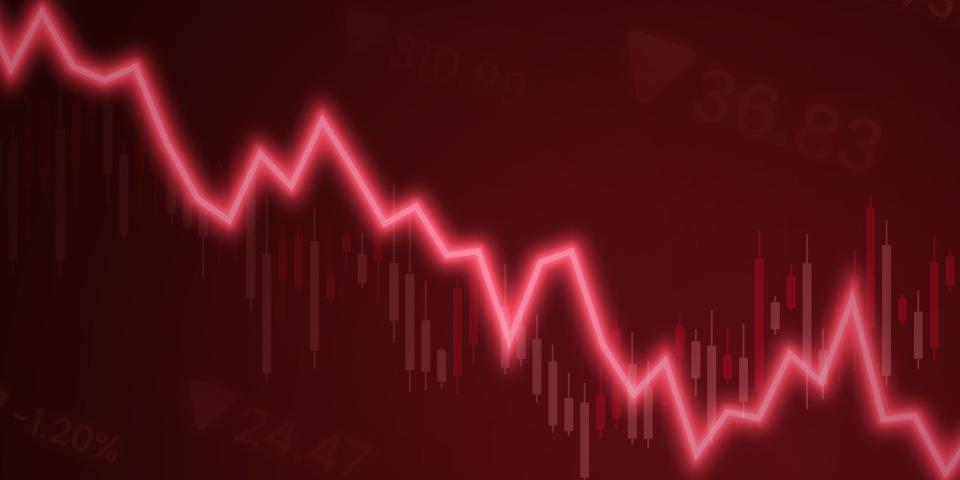
-
A hard landing is guaranteed for the US, Morgan Stanley’s chief US economist has said.
-
She said the full impacts of the Federal Reserve’s tightening hadn’t been fully felt in the economy.
-
It could take 18 months after the last rate hike to feel the full weight of higher rates.
A hard-landing recession is certain to come for the economy, and high rates are to blame even as markets start positioning for the Federal Reserve to loosen monetary policy this year, says Ellen Zentner, Morgan Stanley’s chief US economist.
Speaking to CNBC on Monday, Zentner responded to Jamie Dimon’s recent comments on the economy, in which the JPMorgan boss warned that the chance of a soft landing was about half of the 70% to 80% odds other forecasters were predicting. He said that was because of several risks still facing the US, including the Fed’s tightening campaign, geopolitical conflict, and interest rates, which central bankers have said could remain higher for longer.
Zentner said she was expecting the US to avoid a recession this year as there was no data to support a soon-to-come downturn. But she warned that a hard landing was unavoidable.
“We will have a hard landing at some point. I guarantee you that. We’re all wondering: When does that come?” she said. “The point that Dimon makes is that there are these cumulative impacts that build over time, and we are in the camp that we haven’t yet seen all of the tightening impacts from monetary policy,” she added, referring to the impact of Fed rate hikes.
Fed officials raised interest rates a whopping 525 basis points in 18 months to tame inflation, a move that’s taken borrowing costs in the economy to their highest level since 2001.
Economists have warned that high interest rates could spark a recession as financial conditions become restrictive and that the full impact of rate hikes probably hasn’t been felt, as they typically take about 18 months to fully work their way through the economy.
Signs of stress are beginning to show in parts of the financial system. Corporate defaults soared last year to their highest level since the pandemic, according to Moody’s Analytics. Bank lending has fallen for three straight quarters, according to Fed data.
Still, signs point to the Fed keeping interest rates elevated as it keeps an eye on inflation. Consumer prices came in hotter than expected last month, with inflation rising 3.1% year-over-year in January.
Zentner predicted that inflation would probably reaccelerate over the first quarter, pointing to the 3.9% growth in core inflation last month. That reacceleration could show up in the next consumer-price-index report, which markets are expecting later this week.
“We do expect inflation reacceleration to be temporary, but that is an open question,” Zentner said, adding that markets might have to consider Fed rate cuts pushed beyond mid-year.
Investors had been pricing in ambitious rate cuts to come in 2024, but many forecasters have dialed back their expectations amid hot inflation data. Markets are now pricing in a 39% chance that the Fed could lower rates by 100 basis points or more by the end of the year, according to the CME FedWatch tool.
Read the original article on Business Insider
FLR and UNI Spearhead This Week’s Crypto Gains as Token Economy Holds Above $2 Trillion
 In the last week, 23 cryptocurrencies experienced notable gains against the U.S. dollar, with flare (FLR) and uniswap (UNI) leading the charge. Concurrently, dymension (DYM) and helium (HNT) saw significant declines over the same period. FLR and UNI Lead Gains in a Diverse Week for Cryptos, Despite DYM and HNT Setbacks As of now, the […]
In the last week, 23 cryptocurrencies experienced notable gains against the U.S. dollar, with flare (FLR) and uniswap (UNI) leading the charge. Concurrently, dymension (DYM) and helium (HNT) saw significant declines over the same period. FLR and UNI Lead Gains in a Diverse Week for Cryptos, Despite DYM and HNT Setbacks As of now, the […]
Source link
Leveraging Web3 to Incentivize Fitness Behavioral Changes — Co-Founder of Sweat Economy Oleg Fomenko
 The start of every year presents an opportunity for new beginnings. Many people set out with ambitions to hit the gym, exercise regularly, or walk more instead of driving. Sadly, it’s estimated that it takes the average American just seven weeks to lose motivation and abandon their New Year’s health goals. The following is an […]
The start of every year presents an opportunity for new beginnings. Many people set out with ambitions to hit the gym, exercise regularly, or walk more instead of driving. Sadly, it’s estimated that it takes the average American just seven weeks to lose motivation and abandon their New Year’s health goals. The following is an […]
Source link




